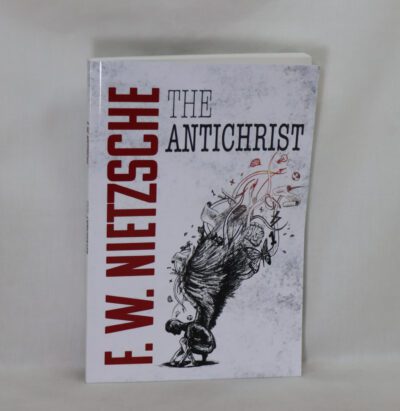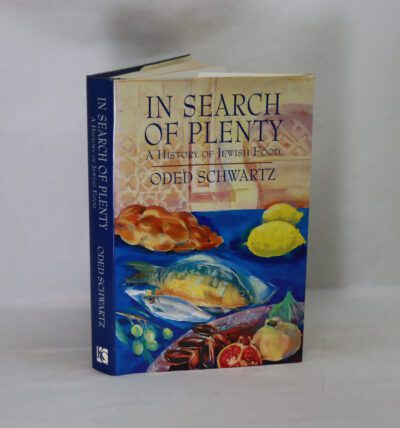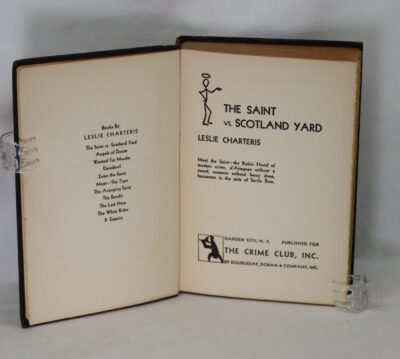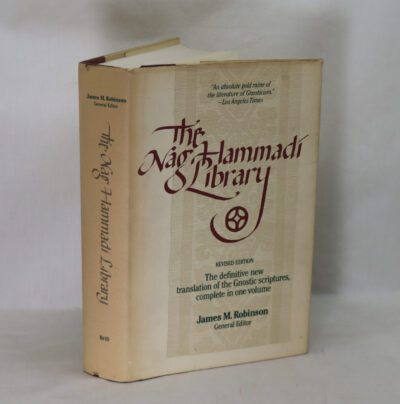The Epic of Gilgamesh.
By Albert Clay & Morris Jastrow jr & Stephen Langdon
Printed: Circa 2021
Publisher: Lightning Source. Milton Keynes
| Dimensions | 16 × 24 × 2.5 cm |
|---|---|
| Language |
Language: English
Size (cminches): 16 x 24 x 2.5
Condition: As new (See explanation of ratings)
Your items
Item information
Description
Black board binding with white title and mythical bull on the front board.
F.B.A. provides an in-depth photographic presentation of this item to stimulate your feeling and touch. More traditional book descriptions are immediately available.
The Epic of Gilgamesh is an epic poem from ancient Mesopotamia. Dating from the Third Dynasty of Ur (circa 2100 BC), it is often regarded as the first great work of literature. The literary history of Gilgamesh begins with five Sumerian poems about ‘Bilgamesh’ (Sumerian for ‘Gilgamesh’), king of Uruk. These independent stories were later used as source material for a combined epic. The story introduces Gilgamesh, king of Uruk. Gilgamesh, two-thirds god and one-third man is oppressing his people, who cry out to the gods for help. For the young women of Uruk this oppression takes the form of a droit du seigneur — or “lord’s right” to sleep with brides on their wedding night. For the young men (the tablet is damaged at this point) it is conjectured that Gilgamesh exhausts them through games, tests of strength, or perhaps forced labour on building projects…
Reviews
This is the oldest known piece of literature. An epic tale of a mortal demi-god trying to make his mark on the world.
Half of the book is the introduction by N.K. Sanders, which I found much more interesting than the Epic itself. Having said that, the introduction was written in 1972, so one has to wonder what new information relating to the Epic and its history one misses out by reading this edition.
I have been wanting to read the Epic of Gilgamesh for quite some time, yet this was quite underwhelming for me. The author’s decision to give the Epic in prose, instead of in verse as it is, may have had something to do with it.
I first read about the discovery of the epic of Gilgamesh in a book called Gods Graves and Scholars by C. W. Ceram (a cracking read on the adventures of the early archaeologists). The Gilgamesh epic is essentially the story of the Biblical flood from a different perspective. I do like these tales from the ancient world
Very informative book though I would have preferred the discussion to be separated from the main thrust of the Epic. Good resource for anyone wanting to know more about a saga written at least 4000 years ago and upon which much of the tales in the Old Testament may have been based
————————-
The Epic of Gilgamesh is an epic poem from ancient Mesopotamia, and is regarded as the earliest surviving notable literature and the second oldest religious text, after the Pyramid Texts. The literary history of Gilgamesh begins with five Sumerian poems about Bilgamesh (Sumerian for “Gilgamesh”), king of Uruk, dating from the Third Dynasty of Ur (c. 2100 BC). These independent stories were later used as source material for a combined epic in Akkadian. The first surviving version of this combined epic, known as the “Old Babylonian” version, dates back to the 18th century BC and is titled after its incipit, Shūtur eli sharrī (“Surpassing All Other Kings”). Only a few tablets of it have survived. The later Standard Babylonian version compiled by Sîn-lēqi-unninni dates from the 13th to the 10th centuries BC and bears the incipit Sha naqba īmuru (“He who Saw the Abyss”, in unmetaphoric terms: “He who Sees the Unknown”). Approximately two-thirds of this longer, twelve-tablet version have been recovered. Some of the best copies were discovered in the library ruins of the 7th-century BC Assyrian king Ashurbanipal.
The first half of the story discusses Gilgamesh, king of Uruk, and Enkidu, a wild man created by the gods to stop Gilgamesh from oppressing the people of Uruk. After Enkidu becomes civilized through sexual initiation with Shamhat, he travels to Uruk, where he challenges Gilgamesh to a test of strength. Gilgamesh wins the contest; nonetheless, the two become friends. Together, they make a six-day journey to the legendary Cedar Forest, where they plan to slay the Guardian, Humbaba the Terrible, and cut down the sacred Cedar. The goddess Ishtar sends the Bull of Heaven to punish Gilgamesh for spurning her advances. Gilgamesh and Enkidu kill the Bull of Heaven after which the gods decide to sentence Enkidu to death and kill him.
In the second half of the epic, distress over Enkidu’s death causes Gilgamesh to undertake a long and perilous journey to discover the secret of eternal life. He eventually learns that “Life, which you look for, you will never find. For when the gods created man, they let death be his share, and life withheld in their own hands”. Nevertheless, because of his great building projects, his account of Siduri‘s advice, and what the immortal man Utnapishtim told him about the Great Flood, Gilgamesh’s fame survived well after his death, with expanding interest in his story. It has been translated into many languages and is featured in several works of popular fiction.
The epic is regarded as a foundational work in religion and the tradition of heroic sagas, with Gilgamesh forming the prototype for later heroes like Heracles (Hercules), and the epic itself serving as an influence for Homeric epics.
Want to know more about this item?

Share this Page with a friend











